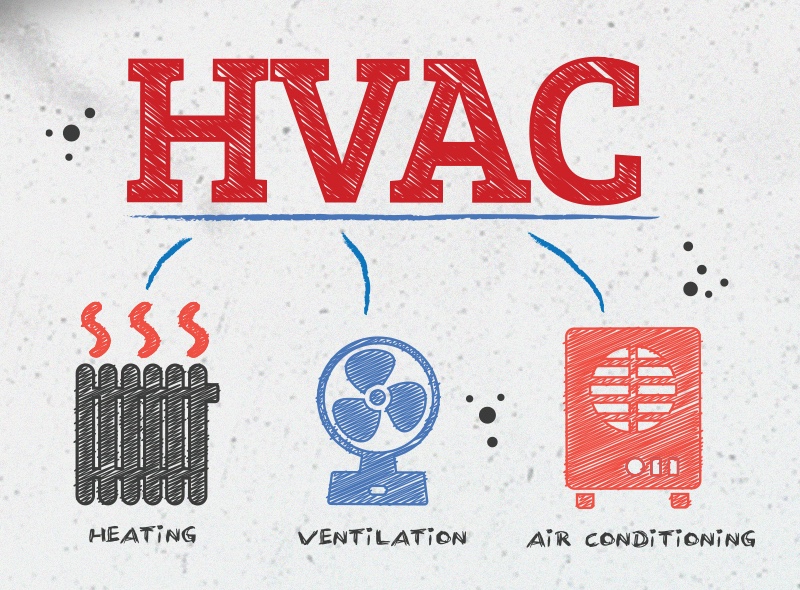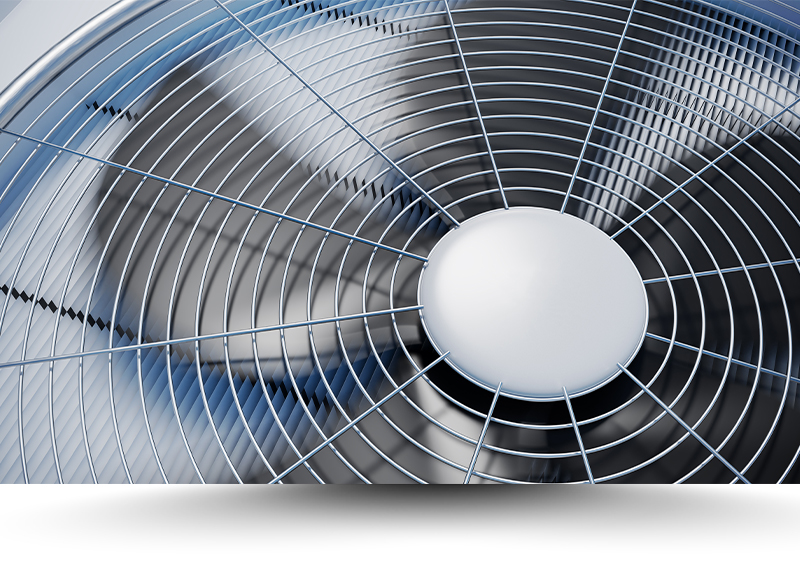
The term HVAC stands for Heating, Ventilation, and Air Conditioning. Sometimes an “R” is added for Refrigeration – HVACR, because the same principles that cool a home also keep a refrigerator cold.
Both an air conditioning system and refrigerator use the principles of refrigeration to remove heat and provide cooling.
![]()
Here’s a simplified explanation of how it works:
- Both systems contain a refrigerant, a substance that changes from a gas to a liquid at a very low temperature.
- The refrigerant absorbs heat from the inside of your home or refrigerator and changes from a liquid to a gas in the process.
- This gas is then compressed by a compressor, which increases its temperature and pressure.
- The hot, high-pressure gas then flows through a set of coils on the outside of your home or refrigerator, where it releases its heat to the outside air and cools down.
- As it cools, the refrigerant changes back into a liquid and flows back inside, where it can absorb more heat and start the process over again.
So, the basic principle is the same: using a refrigerant to absorb heat from a space and release it outside, thereby cooling the space. The main difference is in the scale and complexity of the systems. An air conditioning system is much larger and more complex than a refrigerator, but they both work on the same basic principle.


